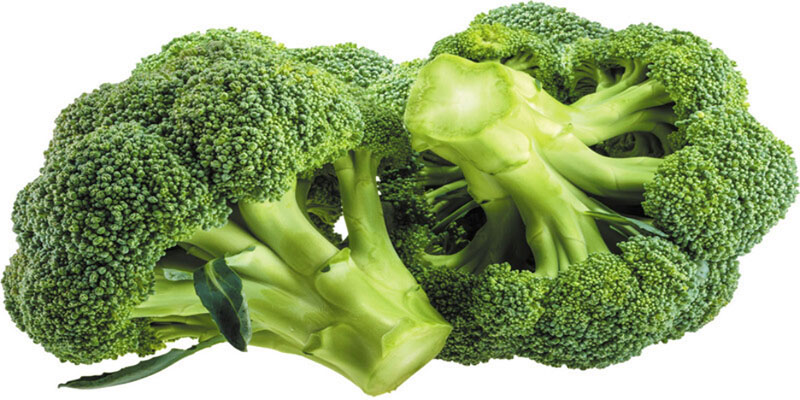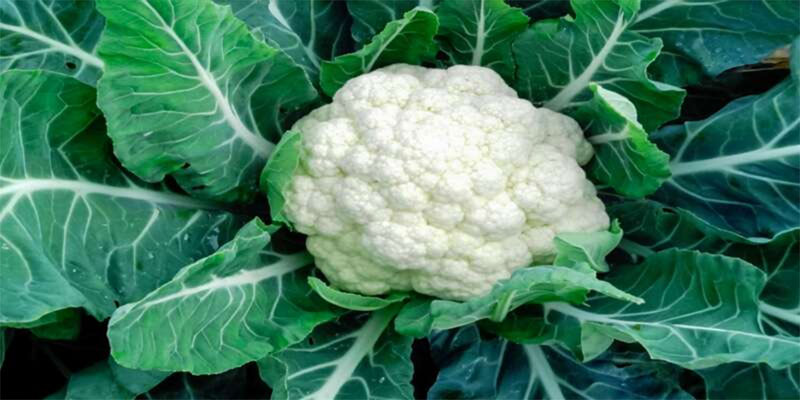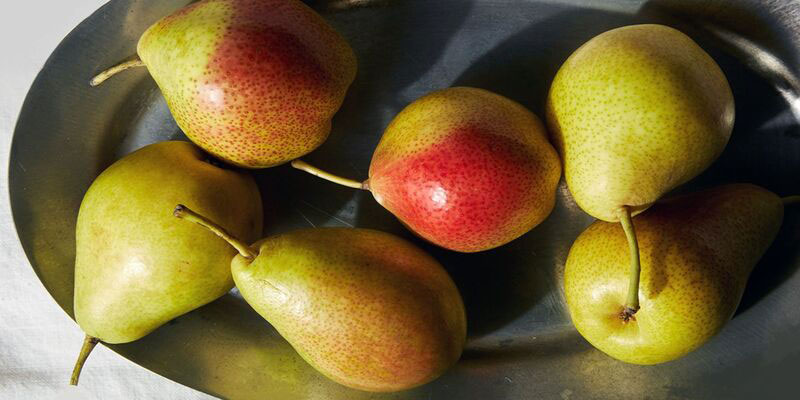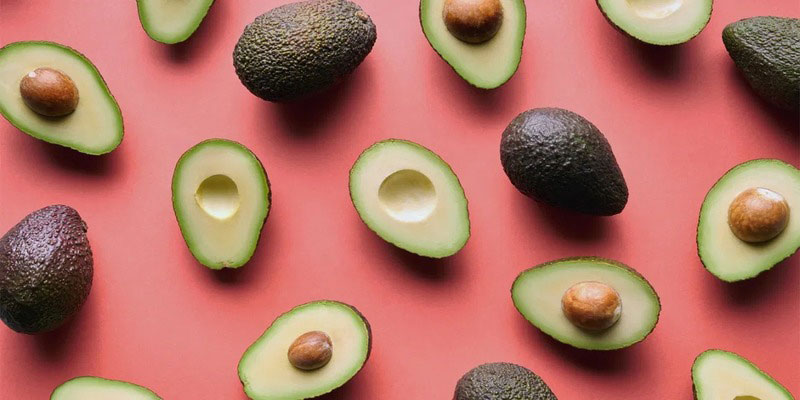It may be more challenging to stick to a seasonal diet in the winter, but doing so has several advantages, such as increasing your consumption of particular nutrients, promoting community farmers, and getting more out of your food. Even though most people visit farmers' markets in the warmer months of the year (April through October), there is still much to see and do at markets that stay open throughout the winter. When does winter fruit grow? Citrus fruits, including oranges, grapefruit, kiwis, and winter melons, are in season throughout the winter. Vitamin C, fiber, and magnesium are just a few of the many nutrients you'll get more of by eating more cold-weather fruits and vegetables.
Fruits And Vegetables In The Winter
Beets
The leafy greens of beets, which are also delicious, give the root vegetable its signature ruby-red color. They provide a wide variety of essential nutrients, including:
The mineral potassium is effective in controlling hypertension.
Collagen formation requires manganese, a mineral essential for healthy skin and joints.
Folate is a B vitamin that helps keep you going all day. Low folate consumption has also been related to depression, according to a study published in the California Journal of Health Promotion.
How To Consume:
Beets may be roasted in the oven after peeling, cubed, and tossed with olive oil, salt, and pepper. Beets are delicious both on their own and when added to a garden salad without balsamic vinaigrette.
Broccoli

The cruciferous vegetable family includes this crisp green. Six hundred and eighty-four older people were evaluated in a 2021 research published in the British Journal of Nutrition. It was determined that the ladies who consumed the most broccoli had the least calcium accumulation in their arteries. Capillary calcification is a leading cause of cardiovascular disease hospitalization and mortality. In addition, broccoli's fiber and vitamin K benefit bone health.
How To Consume:
Broccoli is versatile in the kitchen and may be prepared in various ways. One of my favorite ways to prepare broccoli is to softly cook it until it is al dente and then top it with roasted red pepper pesto.
Sprouts From Brussels
Brussels sprouts, which are related to broccoli, look like little cabbages. But don't let their little stature deceive you; they pack a serious antioxidant punch. To prevent degenerative illnesses like cancer, cardiovascular disease, and Alzheimer's, your body needs antioxidants, chemicals that neutralize free radicals.
How To Consume:
Roasting these jewels in the oven until they are brown and crisp is the best preparation method. After they have been washed, trimmed, dried, and cut in half, they are tossed with avocado oil and salt and placed on a baking pan. Prepare meals in a preheated oven at 425 degrees Fahrenheit for 20 to 25 minutes.
Cabbage
This cruciferous vegetable is a great low-calorie way to increase the satisfying crunch of your dishes. There are just 18 calories and 4 grams of carbs (2 grams of fiber) in 1 cup of shredded cabbage. In addition to aiding in weight management, the satiating effects of fiber on the digestive system also assist in keeping blood sugar levels stable.
How To Consume:
For a warm side dish, try cooking it with apples, or try it raw as the foundation for a slaw with vinegar, apple cider vinegar, ginger, as well as citrus to get you through the colder months.
Cauliflower

One cup of cauliflower supplies more than half of the daily intake for this immune-supporting nutrient, even though it is more often associated with citrus fruits like oranges and lemons. With just 25 calories and 3 grams of net carbs per serving, it's a healthy option for people monitoring their weight.
How To Consume:
I love grilling cauliflower in the winter with garlic, extra-virgin olive oil, and salt. It's a quick and easy alternative to whipped potatoes that's just as delicious.
Conclusion
When the temperature outside drops, many individuals begin to long for the heartier winter fare. While pumpkin, pecan, and caramel apple treats abound, the season also presents an opportunity to use fruits and vegetables that are in season and at their peak taste. The lower prices of winter fruits and vegetables are one of their many advantages. Moreover, winter fruit provides a wide range of colors and textures to complement your meals all season long. You may try new products instead of eating the same old things. The menu at Gobble is always updated and has a wide variety of delicious selections for everyone.




